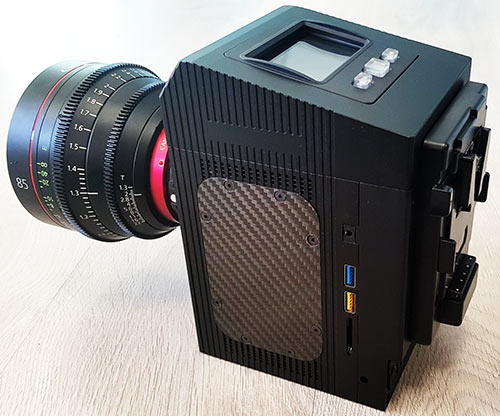Tag Archives: hardware
Cheapest slow motion camera for $6 does 660fps!
Chronos 68 Posted by Krontech, April’s Fools or legit?
 The Twitter account of the Krontech.ca company has posted here a render and a short info spec on a supposed 48 camera rig that can process an awe-inspiring 68 Gigapixels/sec which they arrive at by aggregating the 1.4Gpx/s on the Chronos 1.4c camera multiplied by 48 different units. Continue Reading ››
The Twitter account of the Krontech.ca company has posted here a render and a short info spec on a supposed 48 camera rig that can process an awe-inspiring 68 Gigapixels/sec which they arrive at by aggregating the 1.4Gpx/s on the Chronos 1.4c camera multiplied by 48 different units. Continue Reading ›› Xiaomi Mi Mix 3 960fps Mode Uses Interpolation?
Fran 8k Camera by Cinemartin First Manufacturing Sample!
 The people at Cinemartin have publicly released new specs and images of the first industrial prototype of the cinema camera. There are some killer features like 8k RAW video at 24p and up to 96fps RAW recording in both 4k DCI and1080p HD. Some other frame rates include 48p … Continue Reading ››
The people at Cinemartin have publicly released new specs and images of the first industrial prototype of the cinema camera. There are some killer features like 8k RAW video at 24p and up to 96fps RAW recording in both 4k DCI and1080p HD. Some other frame rates include 48p … Continue Reading ›› 